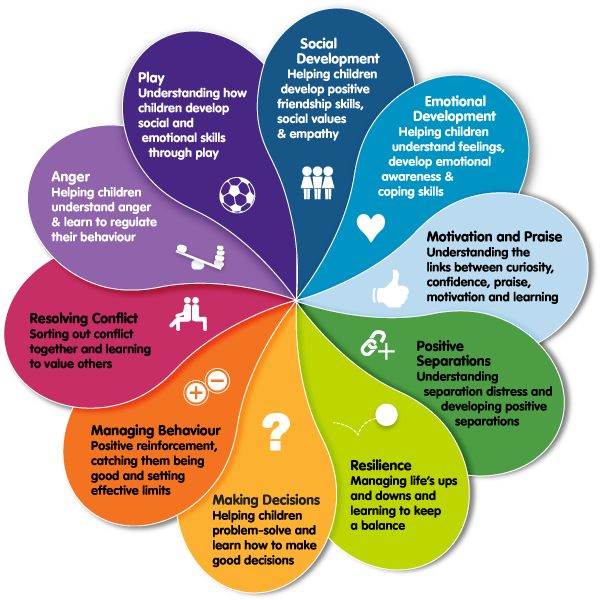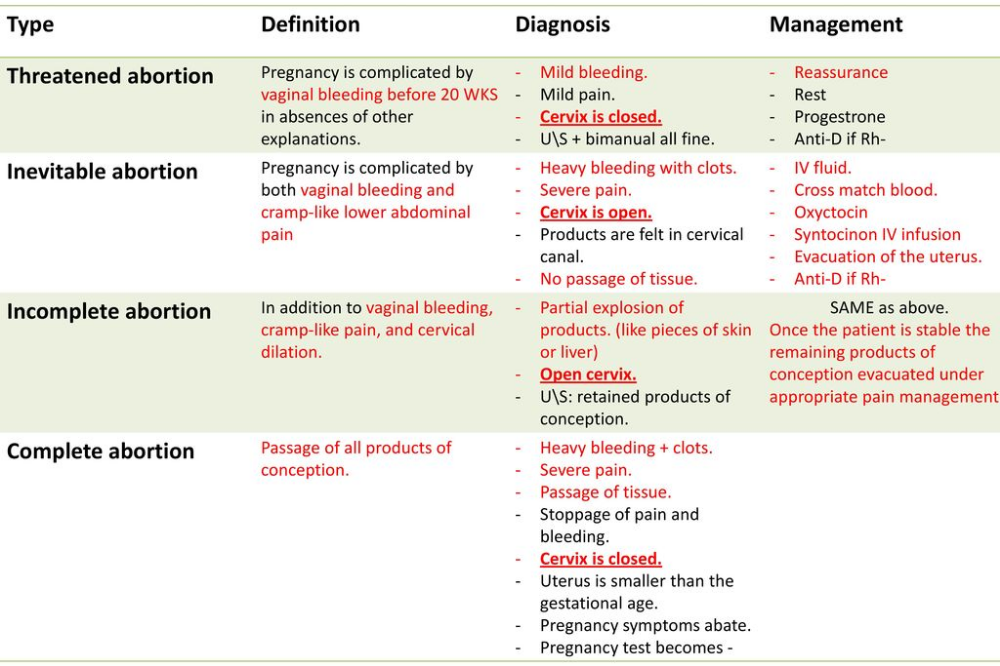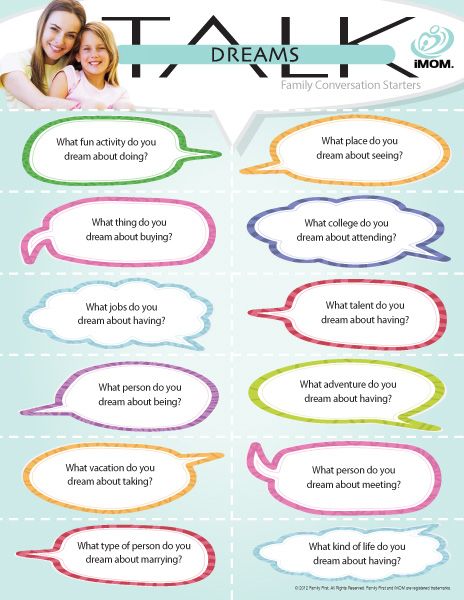How to help a school aged child with separation anxiety
Older Kids and Separation Anxiety: How It…
We asked Michelle Curtin, D.O., a developmental-behavioral pediatrician at Riley Hospital for Children at Indiana University Health, to explain the signs of separation anxiety disorder, why it may develop, and how parents can help their kids through it.
Parents tend to think about separation anxiety in babies and toddlers, but older kids can grapple with it too. In fact, grade-schoolers and teenagers can have separation anxiety disorder, which is an extreme fear of being without a parent or caregiver that is out of proportion to the danger it actually poses. We asked Michelle Curtin, D.O., a developmental-behavioral pediatrician at Riley Hospital for Children at Indiana University Health, to explain the signs of separation anxiety disorder, why it may develop, and how parents can help their kids through it.
How can parents spot separation anxiety disorder?
“It can be hard to recognize an anxiety disorder. Kids who worry are often quietly worried,” says Dr. Curtin. But there are symptoms of separation anxiety disorder—which can vary depending on a child’s age:
- Your child resists going to school, camp, or play dates without you there.
- Your child has trouble falling asleep alone at night.
- Your child has a pattern of developing physical complaints such as stomachaches, headaches, or back pain—which are often seen in anxious and/or stressed children. (Note: Do not assume that these physical complaints are automatically signs of anxiety without discussing them with a doctor because these symptoms can also signal other significant medical conditions.)
- Your child has tantrums but is “too old” for typical tantrums. “A 5, 6, or 7-year-old having tantrums is a key sign that the child is experiencing a lot of distress and is unable to communicate it through words,” says Dr.
 Curtin.
Curtin.
If you notice any of these behaviors, talk with your pediatrician. “It’s important to sort out if there is a specific change, such as a bully that is causing problems, or if it’s anxiety that may be causing distress,” she adds.
What causes it?
“Both genetics and environment,” says Dr. Curtin. In other words, a child’s innate temperament may be a factor and the behaviors of the people in a child’s home play a role too. “Kids are very sensitive to how their parents feel,” notes Dr. Curtin. “We do know that having an immediate family member with anxiety or depression is considered a significant risk factor for anxiety disorders.”
What strategies help?
While specific tactics depend on a child’s developmental level, there are general strategies that parents can implement with children of various ages:
- Don’t remove the trigger.
 “With kids who are worriers, they tend to avoid things that make them worry. But if parents allow their kids to avoid everything that makes them anxious, they may be left with a very limited world—and they won’t learn how to move past their anxieties,” says Dr. Curtin.
“With kids who are worriers, they tend to avoid things that make them worry. But if parents allow their kids to avoid everything that makes them anxious, they may be left with a very limited world—and they won’t learn how to move past their anxieties,” says Dr. Curtin.
- Help your child build up a tolerance to being away from you. For instance, go to a play date together and sit in another room. The next time, go to the play date and leave for a short period of time. Then leave for longer stretches until your child becomes comfortable even when you’re not there. Try the same tactic at bedtime.
- Instill confidence in your child. “Teach your child that this non-dangerous thing—even though it feels scary—is something they can conquer,” says Dr. Curtin. Let your child know she is strong and capable even without you. And do your best not to let any of your own worries about your child seep into her thoughts.
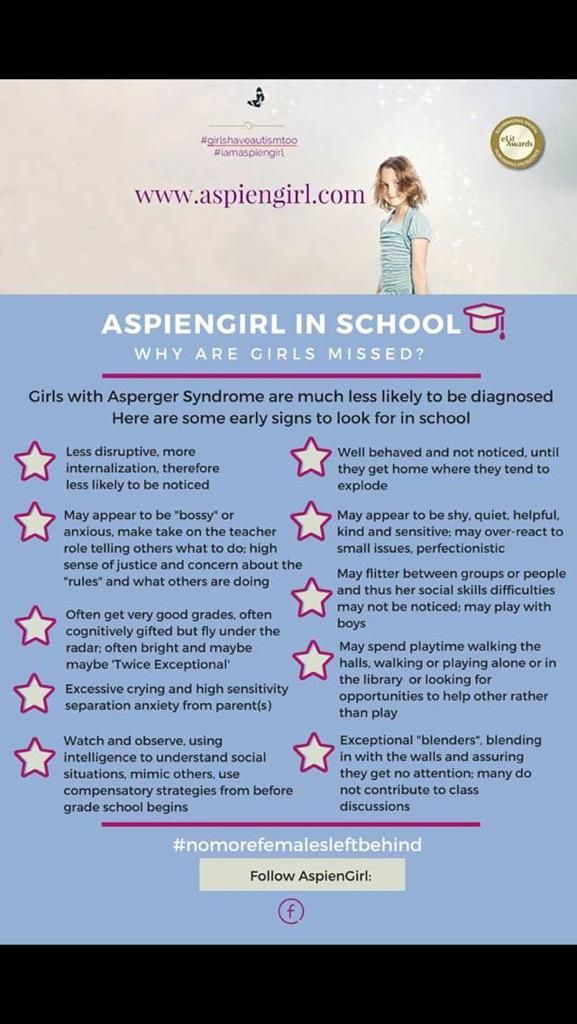
- Encourage your child to try—and show your support. “We want to help our kids be as independent as possible, so you can’t solve this for your child but you can help him get through it,” says Dr. Curtin. “I compare it to climbing a jungle gym: urge your child to try, and if he falls down, tell him he did a great job and help him get back up again.”
- Consider a transitional object. They’re not just for little kids. You might make a scrapbook of pictures for your child as she heads off to camp. Or maybe your child will want to wear a piece of your jewelry as a token of how you’re always with her in spirit.
- Make a plan for new situations. If your child is starting a new phase, such as a new school, visit ahead of time and help him imagine what he might expect by talking through his new routine.
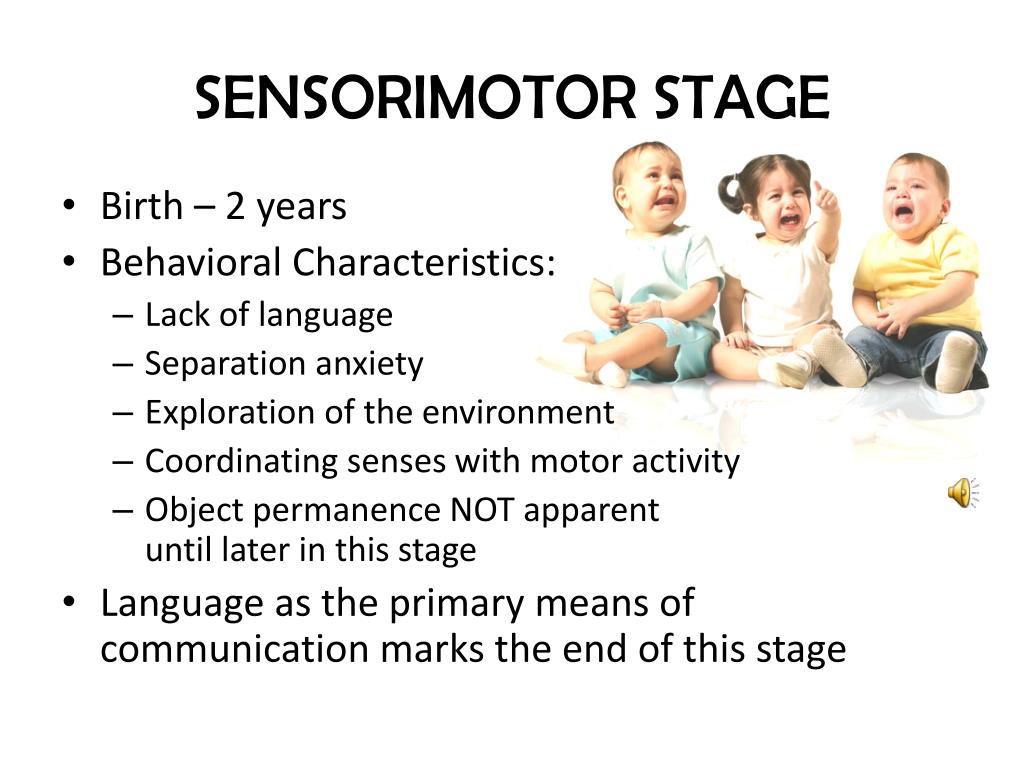 This can alleviate the fear of uncertainty that may arise when you’re not there.
This can alleviate the fear of uncertainty that may arise when you’re not there.
- Practice positive reframing. Help your child think positively about situations. For instance, if your child is anxious about going to school, remind her that she will get to see her best friend or work on a project she loves—and that she can always ask her teacher for help if needed.
- Find an experienced therapist. “For kids younger than age 8, therapy may involve working with the parents and child to manage the child’s distress,” says Dr. Curtin. “With older children, parents are still important, but the direct parental participation decreases. Children learn how to shift how they think about their fears.”
12 Important Strategies for Schools to Help Children with Separation Anxiety
This article is a follow up from my first article: Strategies for Parents to Help Their Child with Separation Anxiety.
The intro is the same, but as you go further down the article, you will see strategies for schools to use to help children with separation anxiety.
What is Separation Anxiety Disorder?
According the the American Psychiatric Association, a person with separation anxiety disorder is excessively fearful or anxious about separating from the people they feel attached to.
To meet criteria for separation anxiety disorder, a child must have anxious feelings about separating that would not be expected based on their age.
The feelings must persist for at least four weeks and they must cause problems with functioning.
Only a trained professional such as a developmental pediatrician, psychiatrist, or psychologist can diagnose separation anxiety disorder.
What does separation anxiety look like?
A person with separation anxiety may act persistently worried about losing the person closest to them.
Photo by Keira Burton on Pexels.comThey can be reluctant or refuse to go out or sleep away from home or without that person.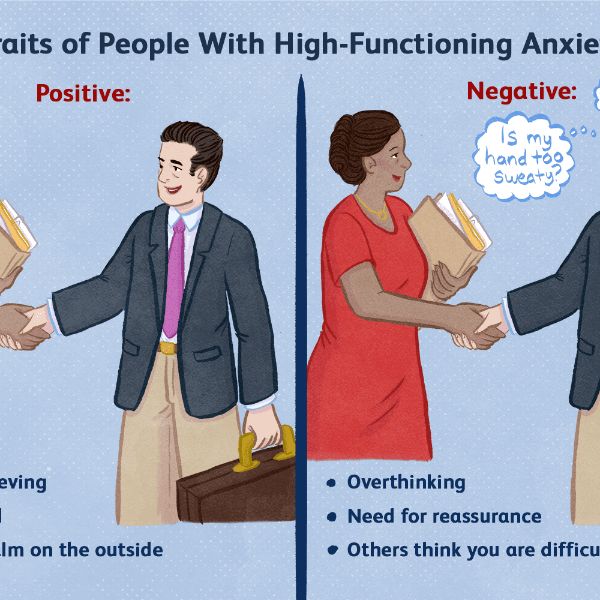
They may experience nightmares about separation.
Physical symptoms of distress often develop in childhood, but symptoms can carry through to adulthood.
Children with separation anxiety disorder may be at-risk for school refusal in the future.
Photo by RODNAE Productions on Pexels.comBehaviors related to school refusal may include:
- severe emotional distress about attending school (e.g., anxiety, temper tantrums, depression, or somatic symptoms – such as pain or fatigue)
- the child often tries to persuade parents to allow them to stay home
- the child often attempts to conceal absence from parents
- child stays home during school hours because it is safe and secure
- child expresses willingness to do schoolwork and complies with completing work at home
When is separation anxiety typical in children?
Some separation anxiety is typical in young children around three or four years old.
It is common for little ones to cling to parents, cry, and resist when going to another caregiver (e.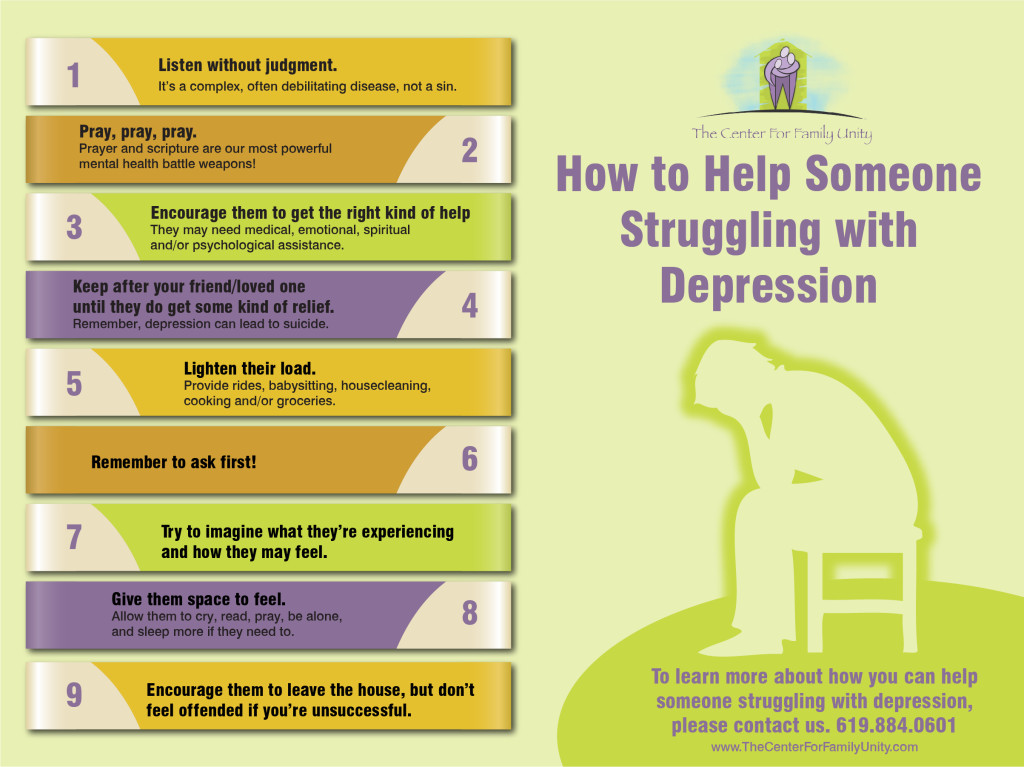 g., school, daycare, babysitter, etc.).
g., school, daycare, babysitter, etc.).
However, if the anxiety seems severe (in young or older children), in that it is causing extreme distress and interfering with daily functioning, support and intervention is recommended.
12 Strategies for Helping Children with Separation Anxiety in School
Regardless of whether there is an official diagnosis of separation anxiety disorder, there are strategies schools can put into place to assist a child with symptoms of this condition.
These strategies can be done in conjunction with therapy conducted by a private counselor.
You May Also Like: Talk Space Online Therapy
1. Use effective research-based interventions.
These interventions include:
- educating staff and parents on the topic of separation anxiety
- collaboration between parents and school team members regarding interventions and strategies to help children with separation anxiety
- training to increase a child’s independence and sense of competence (e.
 g., school counseling to build self-esteem and sense of adequacy, positive feedback from school staff and caregivers, opportunities to meet and celebrate small successes)
g., school counseling to build self-esteem and sense of adequacy, positive feedback from school staff and caregivers, opportunities to meet and celebrate small successes)
For more on this research see Separation Anxiety in Children and Adolescents.
Remember to see Part 1: Strategies for Parents to Help their Child with Separation Anxiety
2. Have a trusted, familiar school staff present when the child arrives at school.
Meeting a friendly face when they approach or come into the building will likely reduce some of the initial anxiety and increase feelings of security.
Photo by Katerina Holmes on Pexels.com3. Younger children, who are not in kindergarten yet, may benefit from a shorter school day that is increased gradually.
4. Identify a safe place where the child can go to reduce anxiety during stressful periods.
Some children benefit from taking some time to adjust in the counselor’s office or other safe space before going to the classroom.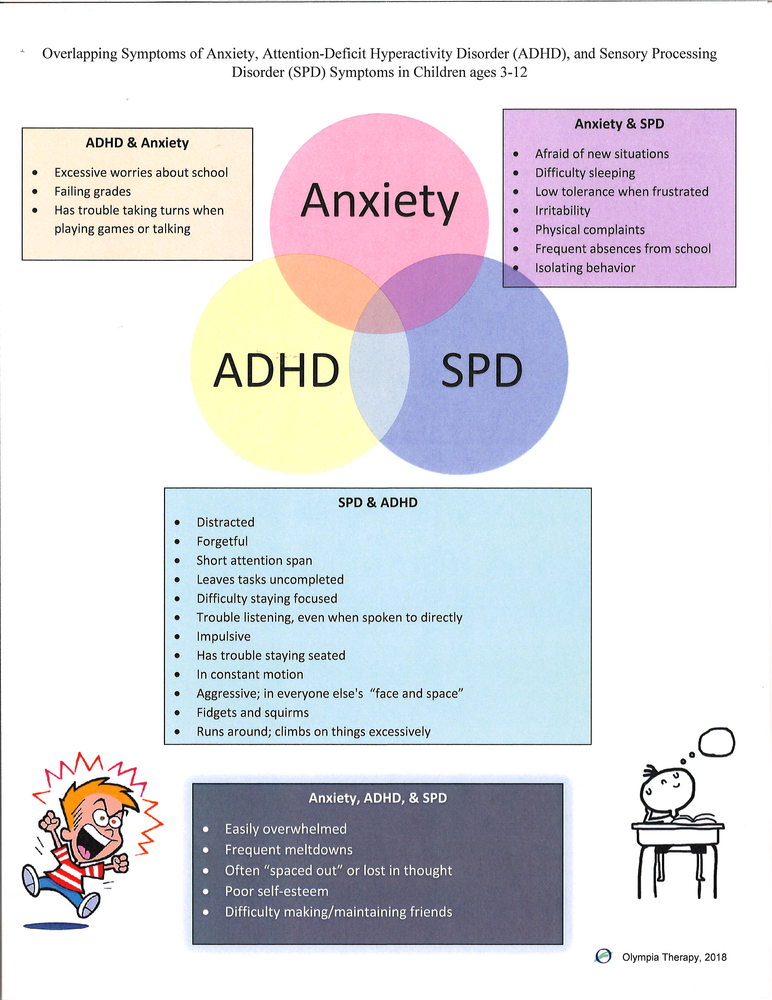
5. Identify a safe adult to whom the child can go to during times of stress.
This adult should speak to the child with empathy, being understanding of their feelings. However, they should encourage the child to return to their class or activity once they are calm.
6. Review self-calming strategies that the child can use when anxiety arises.
Photo by Ksenia Chernaya on Pexels.comSelf-calming strategies may include:
- deep breathing, counting, stretching, muscle relaxation
- holding an object that provides comfort (e.g., picture of parent, favorite item from home)
- drawing a picture, writing down their feelings, thinking of a funny time
- thinking of another time that they had anxiety but got through it and it turned out fine
- reminding themselves that they will be okay
- reminding themselves that they will be going home at a certain time
7. Provide reasonable reassurance.
If a child asks questions like, “will I be okay, is my mom coming back, when am I going home,” it is okay to reassure them, but stay away from reassuring them over and over, as this could just prolong the time they stay away from the classroom or class activity and feed into the anxiety.
You can say something like, I am here if you need me, but I am confident that you will be okay. At three o’clock your mom will pick you up.
If they keep asking questions, seeking more reassurance, remind them that you already reassured them once, and let them know that it is not effective to reassure over and over.
8. Educate children about anxiety.
Talk about what anxiety feels like (e.g., knot in stomach, pounding heart, sweating) so children know how to recognize it when it occurs.
Remind them that everyone experiences some anxiety sometimes and it is completely normal. Some anxiety is good because it is our body’s way of warning us of potentially dangerous situations.
However, sometimes anxiety occurs due to a perceived fear that may be highly unlikely or non-existent.
When anxiety tells us to stay away from non-dangerous situations and causes us to avoid experiences that may actually be good for us, we need to learn coping strategies to get through these times.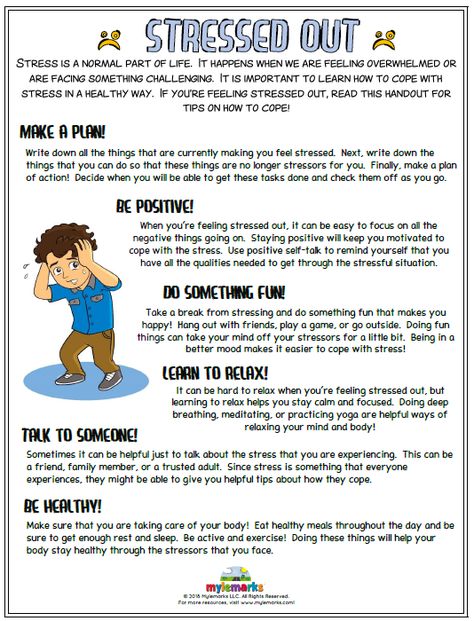
Similarly, we need to learn strategies for the times that normal anxiety (e.g. first day of school jitters) becomes so intense that it is hard to focus, get through an activity, or interact with others,
9. Encourage/model small group interactions (e.g., games, art projects, discussions).
Interactions can start with only one classmate. With time, if the child increases their competency, the group may be enlarged gradually.
This is something that can be done in the counselor’s office or when students are paired up with peers for group activities.
Photo by cottonbro on Pexels.com10. Give positive feedback for effort.
Notice when your student makes efforts to get through anxiety provoking situations or uses strategies they have learned to cope with anxiety.
You can say something like, “I know you were anxious to come to school this morning, but you were brave when you walked in.”
“I’m proud that you went to the school craft fair and stayed until it was over. ”
”
“You should be so proud of yourself! You calmed yourself down by drawing a picture when you came into class this morning“.
11. Help your student prepare for transitions.
For instance, give your student time to prepare that a change is coming (e.g., in five minutes we will be going to music class, or after math is over we will be working on an art project).
Children with anxiety may be apprehensive to change from one activity to the next, especially if they are unprepared for the change.
A visual timer can help some students understand the passing of time, if they have trouble with understanding the concept of a traditional timer.
12. Collaborate with your students’ parents.
School staff should meet with parents to agree on which supports a child with have in school for separation anxiety.
It is important for parents and the school to handle problems related to separation anxiety in a consistent way using a team approach.
Expectations for how the child copes with their anxiety should be similar in school and at home.
Additional Information About Schools Helping Children with Separation Anxiety
What if a child is refusing to attend school?
If the child is refusing to attend school, assess what may be the trigger for the refusal and work with the child to address the concern if possible (e.g., are there problems with friends, fear of a teacher, etc.?).
If the child will not return to school or if the school feels that a child may need more than they can offer, it is important to discuss these concerns with the parent(s).
A mental health professional such as a child psychologist or developmental pediatrician will likely need to be involved.
What research-based therapeutic treatment programs are effective for helping children with separation anxiety?
When working with a mental health professional, the most effective/research-based non-pharmacological (not involving medication) method for reducing separation anxiety in children is cognitive-behavioral therapy (CBT).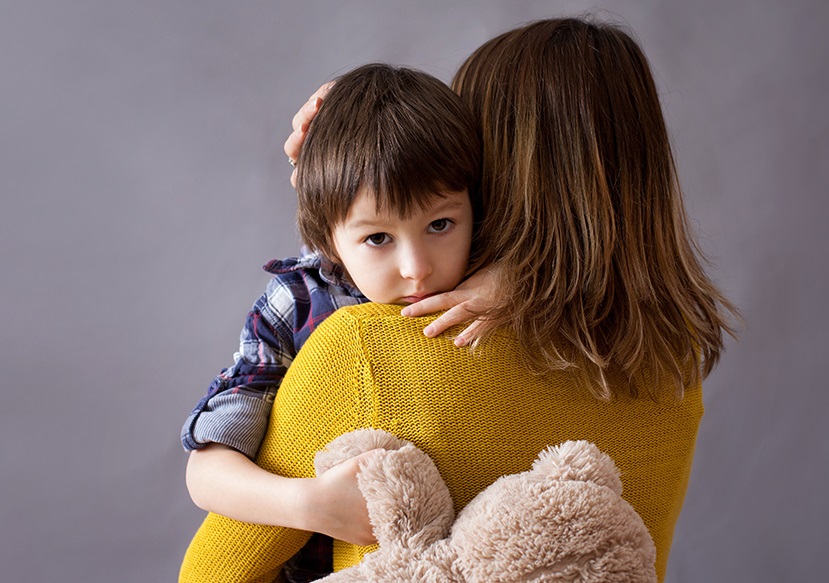
To read more about CBT and how it has effectively been utilized to treat separation anxiety, see Separation Anxiety Disorder in Youth: Phenomenology, Assessment, and Treatment.
Two research-based programs for treating anxiety disorders (inluding separation anxiety) are the Coping Cat Program and the FRIENDS Program.
Should we use home school or cyber school to help children with separation anxiety, who refuse to attend traditional school?
If homeschool or cyber school is utilized for children with separation anxiety, it is important that students’ behavioral and social-emotional needs are addressed through community outlets such as therapy, sports, art, music, groups/clubs, and nature.
We would all benefit from a well-rounded, cultural and social education, in addition to an academic one. If the barrier is anxiety, I think it is one worth pushing past.
The more we know, the more we grow. Knowledge is power.
We can’t run from it out of fear.
Related Article: Evidence Suggests That the Coping Cat Program Reduces Anxiety in Children and Teens
Education and Behavior – Keeping Us on the Same Page for Children!
Rachel Wise
Rachel Wise is the author and founder of Education and Behavior. Rachel created Education and Behavior in 2014 for adults to have an easy way to access research-based information to support children in the areas of learning, behavior, and social-emotional development. As a survivor of abuse, neglect, and bullying, Rachel slipped through the cracks of her school and community. Education and Behavior hopes to play a role in preventing that from happening to other children. Rachel is also the author of Building Confidence and Improving Behavior in Children: A Guide for Parents and Teachers.
“Children do best when there is consistency within and across settings (i.e., home, school, community). Education and Behavior allows us to maintain that consistency.”
www.educationandbehavior.com
How can a child settle into school and deal with separation anxiety?
School will start soon. How can parents help their child adjust to the new environment and cope with separation anxiety? Deborah McNamara suggests four strategies for this purpose.
Family albums seem to be filled with photos of the first day of school. These pictures reflect the significance of the back-to-school ritual, the celebration of an important event in a child's life.
As a rule, despite the excitement, both children and parents have their own concerns, but if we want to help children, we need to take into account their emotions associated with these changes. The main factor that determines most of their reactions and experiences is separation anxiety.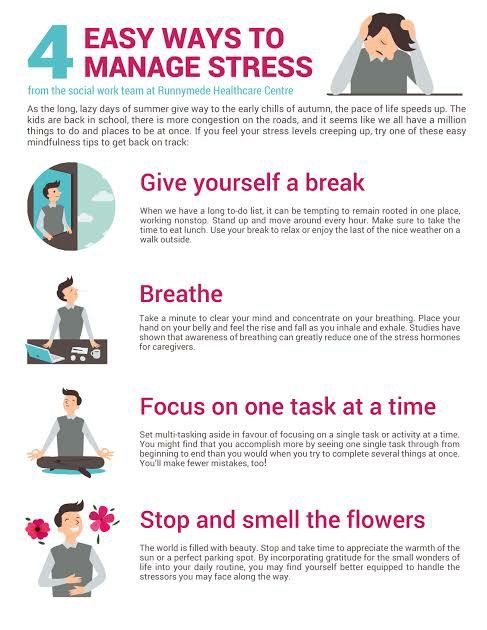
Children are creatures of attachment, and at moments of separation from loved ones, the alarm system in their brain begins to ring all the bells. They may become frightened and anxious because the people they rely on, who they feel safe and secure with, disappear, leaving them alone. nine0005
If a child misses you, this is a compliment to your relationship: in fact, this is how nature intended. Fortunately, there are many ways to reduce your child's separation anxiety and help him adjust to his new school environment.
1. Marry a child
We, as parents, entrust our children to educated people who provide good conditions and an interesting curriculum, but the most important thing is whether the heart of our child belongs to the teacher.
The whole idea of gradually involving young children in the school process is not so much about visiting institutions, but about building relationships with adults in charge of the child. Children care little about the diplomas and regalia of teachers - they care about whether you can trust their care.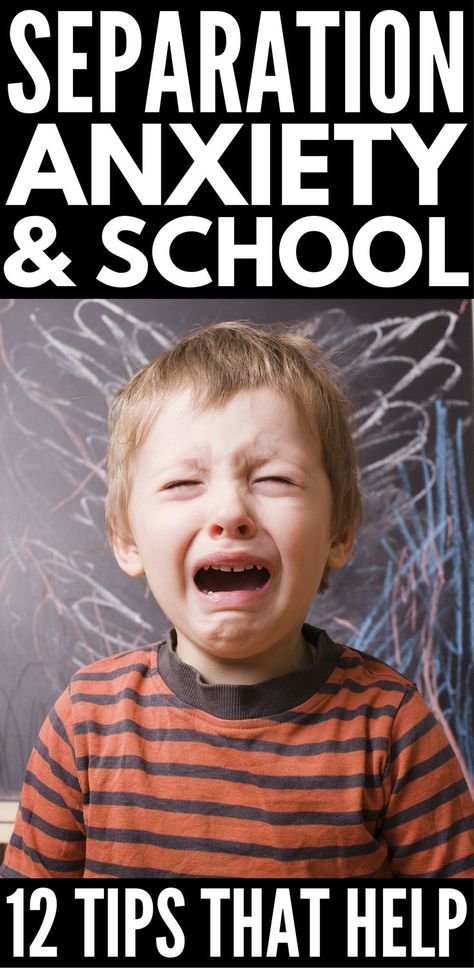 nine0005
nine0005
Research has shown again and again that if a child does not relax and feel safe around a teacher, it will be difficult for him to learn from such a teacher.
When we lived in attachment villages, children were cared for by people they already knew. At the beginning of the school, there was already a relationship between the children and the teacher. Today we don't have that luxury. We must develop the relationship from the ground up, dealing with dating and matchmaking between the teacher and the child.
There are many ways to do this, from emphasizing their similarities in some way to creating situations where they can talk to each other and smile. nine0005
Educational psychology research shows that a strong attachment to a teacher actually contributes to success in school, is associated with higher grades, better emotional regulation and willingness to cope with difficulties.
The courtship of children to each other in an attempt to help them get used to the new environment will only lead to reattachment to peers - instead of the much-needed strong attachment to adults, which will become a support for children.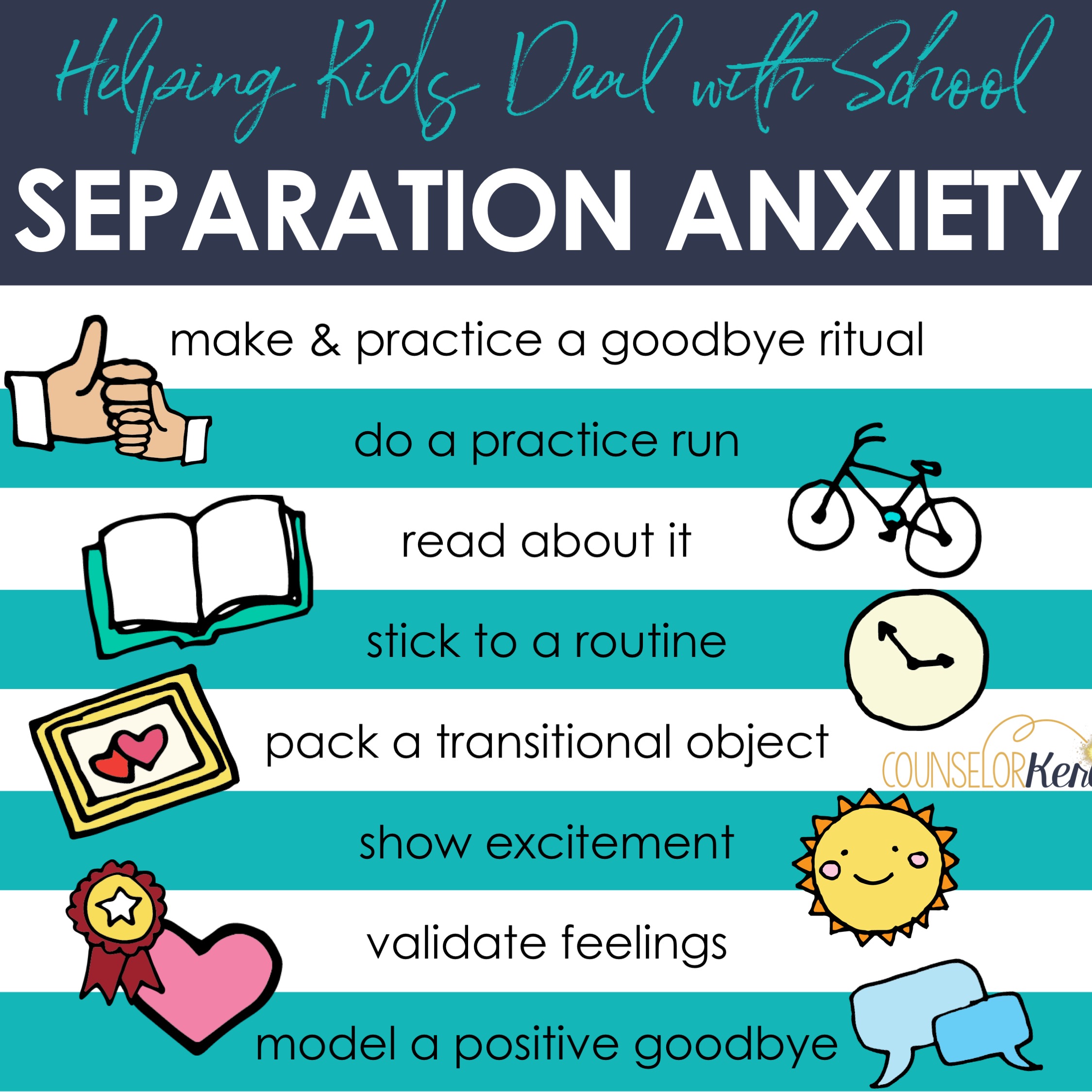
2. Overlap
The second strategy is to help your child keep the feeling of being close to you at a distance. You can give him a locket, a picture of you, a note in his lunch box—something that tells the child that you are still with him, albeit apart.
When you say goodbye to your child, focus on the next meeting and what you will do together afterwards.
You can remind him that you will bake cookies together after school, or read a story, or just give him a big hug. Saying goodbye to the child, you need to make it easier for him to part with you, which means that in every possible way help him realize that you remain in touch with him. nine0005
3. Deepen your attachment
When we deepen our relationship with children, it gives them a solid base to jump into and get used to new circumstances. The deeper the attachment, the better children endure separation, because they have more opportunities to hold on to their parents: from understanding their similarity, feeling significant for them, to feeling loved and known.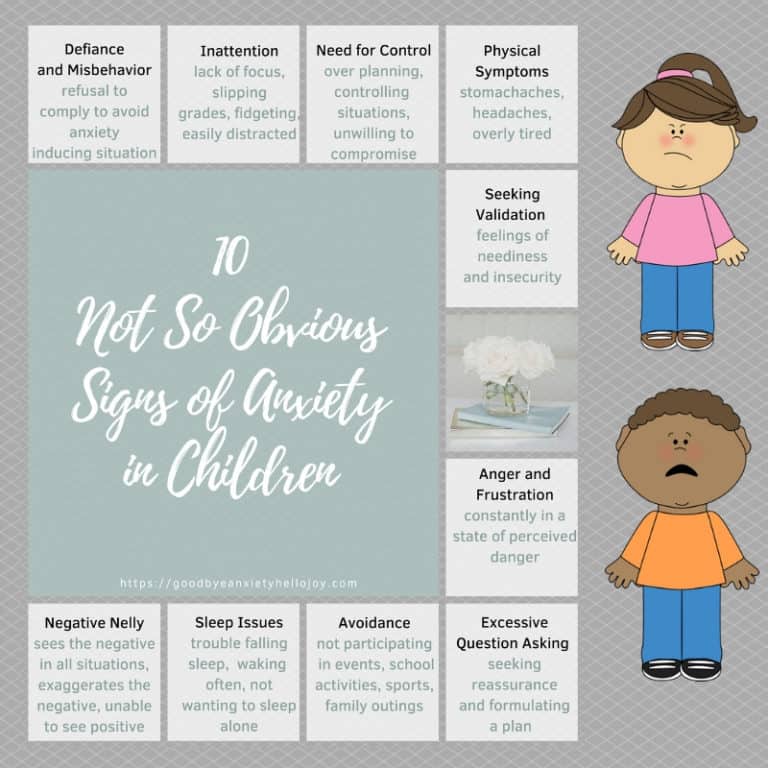
The goal is not to get more experience of separation and practice in this matter, but rather to deepen attachment so that the distance between you is bridged by a deep relationship. nine0005
Attachment research shows that expressions of joy, pleasure, and warmth help build strong relationships. Building and maintaining attachments with children by giving them attention in the morning or by talking heart to heart before bed can greatly help them feel connected and cared for despite the separation they face.
4. Watch and wait
We, parents, have to remain vigilant, watching from the sidelines and waiting for how everything will turn out for our children and how they will get used to school. What signs to look for: increased anxiety, frustration, overdependence on peers, hostility towards the teacher and numbness of emotions when children no longer talk about what worries them. These bells tell us that we need to analyze more carefully how the child experiences the beginning of school and what problems he encounters.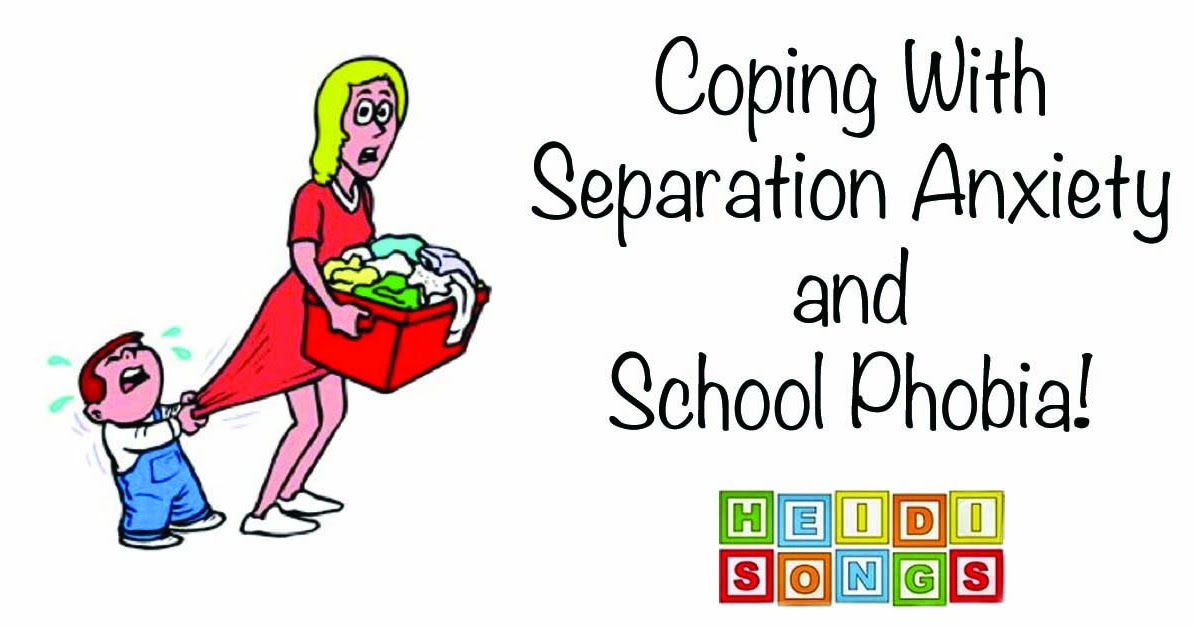 nine0005
nine0005
Transitions and new beginnings are part of life. The September changes that school brings us quickly turn into a farewell to a teenager who has entered the university. Helping our children through matchmaking, bridging separations and deepening relationships may seem small on a global scale, but it is a big and important thing in their lives.
Our task is to lead them through this transition so that they remain attached to us and their teachers. When children can rely on adult care as a matter of course, they have the opportunity to focus on the essentials - play, learning and development. nine0005
Deborah Maknamara
Source: http://macnamara.ca/Portfolio/treansitioning-to-school/
9000Dear readers, here are some more articles for you before the start of the school year.
Dealing with anxiety in children and adolescents. Advice for Parents - Empathy
Children and teenagers, just like adults, experience a lot of anxiety from time to time, and this is normal.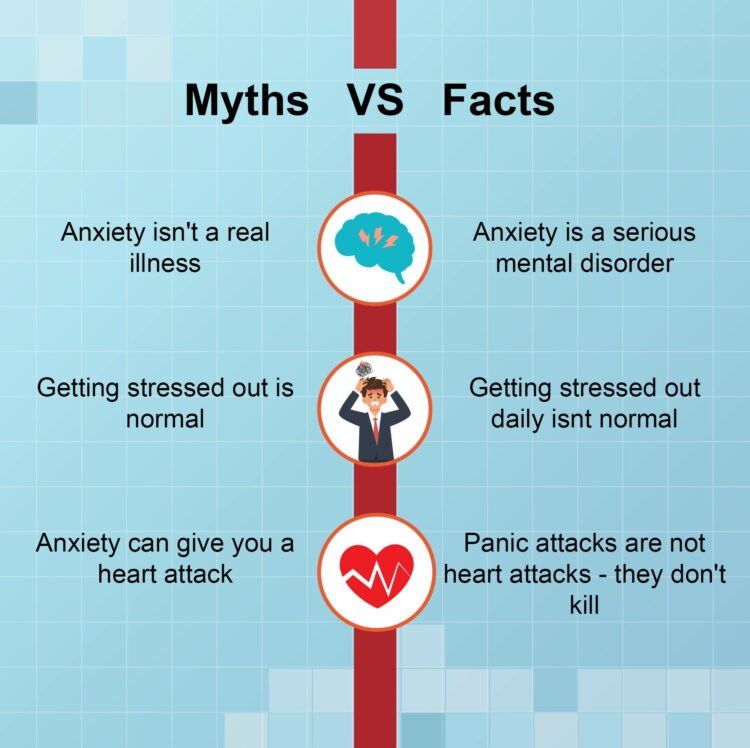 But when anxiety begins to affect the well-being of the child, it already needs to be dealt with. What parents can do to help their child cope with expressed anxiety, says Azat Nasifullin, a psychiatrist and child psychiatrist at the Empathy Center. nine0005
But when anxiety begins to affect the well-being of the child, it already needs to be dealt with. What parents can do to help their child cope with expressed anxiety, says Azat Nasifullin, a psychiatrist and child psychiatrist at the Empathy Center. nine0005
What causes anxiety in children?
At any age, children can feel anxiety about all sorts of things, but don't get scared right away - it's normal to experience many of these worries at different stages of a child's development.
For example, separation anxiety is very common in children aged 6 months to 3 years. They may become "sticky" and whiny when separated from their parents. This is natural for this period of development of the child, which usually ends at 2-3 years. nine0005
Preschoolers often develop specific fears and phobias. In early childhood it is normal to be afraid of animals, insects, heights, darkness, but these fears usually disappear gradually on their own.
There may be other periods of increased anxiety in a child's life.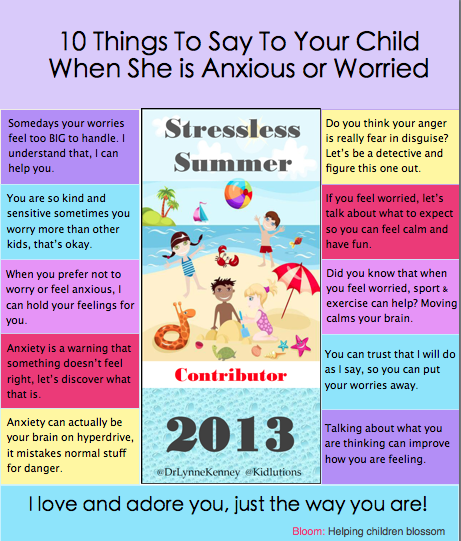 For example, many children and teenagers are very anxious when they start a new school, or before tests and exams.
For example, many children and teenagers are very anxious when they start a new school, or before tests and exams.
What are the signs of anxiety in children?
When young children experience anxiety, they may not always understand or express how they feel. In this case, parents should alert the following features in the behavior of children: nine0005
- they became irritable, whiny, clingy;
- have trouble sleeping;
- often wake up at night or cannot fall asleep for a long time, can come to their parents in bed;
- start to urinate in bed;
- see nightmares.
Anxiety becomes a problem when it interferes with a child's daily life. Imagine schoolchildren in front of a test: they are all, of course, anxious, but some children are so anxious and afraid that they cannot bring themselves to go to school. nine0005
Severe anxiety can harm children's mental and emotional well-being and lower self-esteem. Children can become withdrawn and avoid situations that cause them anxiety by any means, up to refusing to leave the house.
Children can become withdrawn and avoid situations that cause them anxiety by any means, up to refusing to leave the house.
The following situations can signal the presence of increased anxiety in older children:
- the child does not have enough self-confidence to try something new, it seems to him that he is not able to cope with simple everyday tasks; nine0105
- the child has trouble concentrating;
- have problems sleeping or eating;
- there are flashes of irritability, anger;
- the child has a lot of negative thoughts, he thinks that something bad will happen to him;
- the child begins to avoid everyday activities such as meeting friends, walking outside, going to school.
Why is my child worried? nine0136
The causes of increased anxiety in children can be different. For example, children often find it difficult to adapt to new environments and may experience anxiety because of this.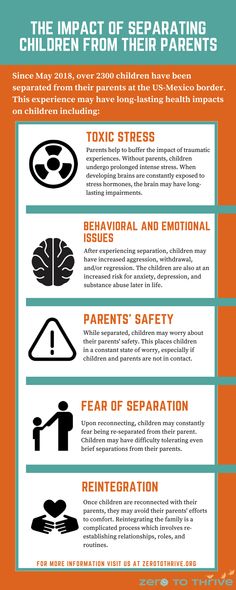 Typical cases are moving or changing educational institutions.
Typical cases are moving or changing educational institutions.
Children who have had an unpleasant or traumatic experience, such as a car accident or house fire, may also suffer from anxiety later on.
Family quarrels and conflicts can also cause children and adolescents to feel insecure and anxious. Finally, some children are generally more prone to anxiety than others. nine0005
How to help a child with anxiety?
To help your child deal with anxiety, the first step is to talk to him about what is bothering him. Reassure the child and show that you understand his feelings.
If the child is old enough, explain to him what anxiety is and what physical effect it has on the body. Describe anxiety as a wave that breaks in and then recedes.
In addition to talking to your child about his anxiety, it is important to help him find a solution to a particular worrying situation. And the best strategy is not to avoid, but to recognize your anxiety and prepare a plan of action in advance in this situation. nine0005
nine0005
Other ways to relieve anxiety in children and adolescents:
- teach your child to recognize the signs of anxiety;
- Encourage your child to manage their anxiety on their own and seek help when needed.
- children of all ages find support in a clear daily routine, so try to stick to the usual routine in any conditions; nine0104 If your child is worried about negative events such as bereavement or separation, find books or movies to help them understand their feelings.
- if you know a change is coming, such as a move, prepare your child for it by talking about what needs to happen and why, while being careful not to become overly anxious yourself;
- for young children, distraction can be helpful. For example, if they are worried on the way to somewhere, then on the way they can play a simple game, for example, who will notice more red cars; nine0105
- take an empty tissue box and turn it into a "worry box".
 Have the child write down or draw their worries and “put” them in the box. At the end of the day or week, take the box apart with your child and discuss any accumulated fears and concerns.
Have the child write down or draw their worries and “put” them in the box. At the end of the day or week, take the box apart with your child and discuss any accumulated fears and concerns.
Unfortunately, it is not always possible for parents to help their child cope with anxiety on their own. If the condition of the child does not improve, despite all the measures taken, then you need to contact a specialist. on mental health, who knows how to work with young patients. nine0005
How can we help?
| If you find some of the symptoms described above in your child, then this may signal the development of a mental disorder. In this case, it is worth contacting a psychiatrist for timely diagnosis and, if necessary, treatment of the disease. In addition to face-to-face communication , we offer the service remote consultation (online reception) , which is not inferior in quality to a face-to-face meeting. Thus, you can get qualified help high-level specialist, wherever you are. |
